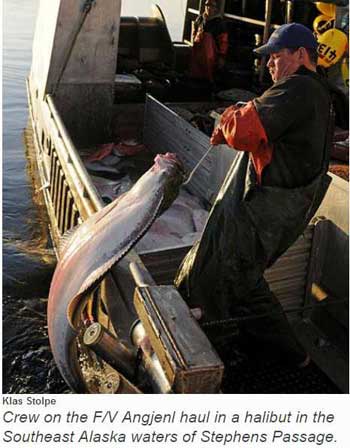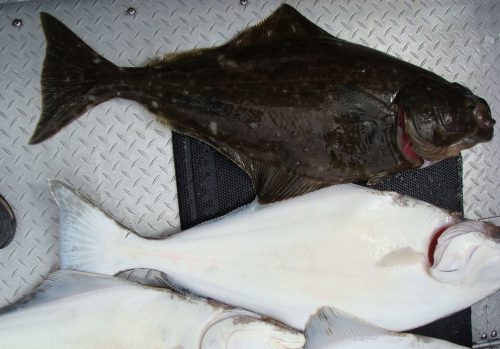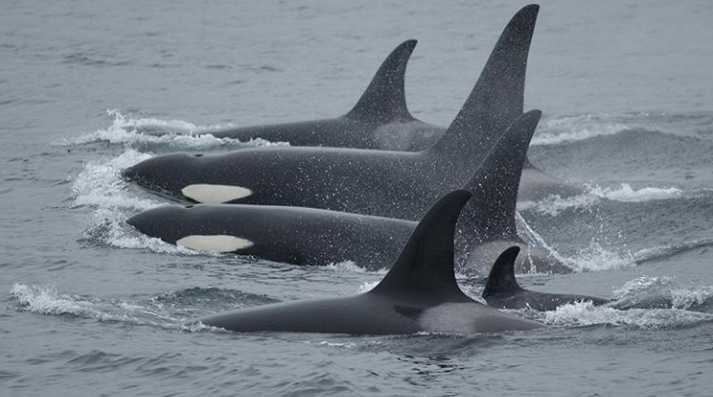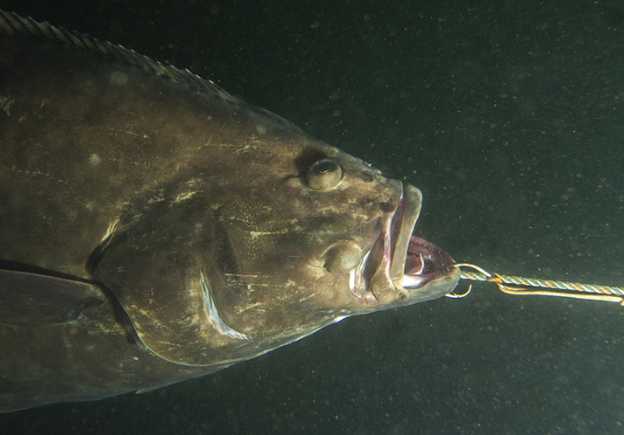From Southeast Alaska to the Bering Sea, Alaska halibut fishermen are gearing up to head out to sea as the 2018 halibut season opens at noon March 24. It’s an annual ritual for both commercial fishermen and charter operators seeking to make their living through the pursuit of the tasty flatfish.
Out of concern for the health of the halibut stock, the 2018 Pacific halibut catch limits are lower and charter management measures are tighter compared to last year.
Historic Disagreement
For the first time since 1990, the International Pacific Halibut Commission failed to reach agreement with regard to setting halibut catch limits in U.S. waters, because Canada wanted, as they have repeatedly done, to set catch limits in its own waters that were above science-based sustainable limits.
The U.S. then went forward with setting catch limits through its domestic regulatory process. International trade policies must be free, fair, and reciprocal, including our nation’s international fisheries treaties and agreements. Failure of the IPHC to reach agreement may result in the U.S. seeking re-negotiation of the Halibut Treaty to improve the circumstances for U.S. fisherman. Until the treaty is re-negotiated, we must operate under the current treaty.
Through an Interim Final Rule developed by NOAA Fisheries, the U.S. is implementing catch limits and additional charter management measures for waters off Alaska that are consistent with the proposed limits and measures proposed by the U.S. Commissioners at the IPHC meeting. Those limits are lower than 2017 levels and consistent with the best scientific information available on the abundance of harvestable halibut in each area.
Adopting higher catch limits could further exacerbate the decline in halibut abundance throughout its entire range in future years. These lower limits are needed for the long-term sustainability of the halibut resource.[xyz-ihs snippet=”adsense-body-ad”]Catch Limits and Management Measures
NOAA Fisheries announced this Interim Final Rule to ensure that halibut catch limits, charter halibut fishery management measures, and Catch Sharing Plan allocations are in place at the start of the commercial halibut fishery at noon on March 24, 2018. The season runs through noon on November 7, 2018.
The Interim Final Rule establishes 2018 Commercial Fishery Catch Limits and Charter Management Measures for the Pacific Halibut Fishery off Alaska and applies to the following International Pacific Halibut Management Areas off Alaska: Area 2C (southeast Alaska); Area 3A (southcentral Alaska); Area 3B (southwestern Alaska); and Areas 4A though 4E (Bering Sea and Aleutian Islands). The catch limit for Area 2A is being addressed in a separate rule.
Specifically, this Interim Final Rule:
- Revises Catch Sharing Plan allocations for guided sport (charter) and commercial individual fishing quota (IFQ) halibut fisheries in Area 2C and Area 3A.
- Establishes commercial catch limits for Area 3B and Areas 4A though 4E.
- Revises allocations for the commercial IFQ and Western Alaska Community Development Quota (CDQ) halibut fisheries in Areas 4C, 4D, and 4E.
The Interim Final Rule also revises regulations applicable to the charter halibut fisheries in Area 2C and Area 3A as follows:
- Area 2C (Southeast Alaska): Charter operators will have a one fish daily bag limit, with a reverse slot limit that allows retention of halibut less than 38 inches, or greater than 80 inches, and no annual limit.
- Area 3A (Central Gulf of Alaska): Charter operators will have a two fish daily bag limit, maximum size limit of less than or equal to 28 inches on one of those halibut, and a four fish annual limit. In addition, Wednesdays will be closed to charter fishing in 3A all season, along with six Tuesday (July 10, July 17, July 24, July 31, August 7, and August 14) closures in the summer. Vessels and charter permit holders will continue to be limited to one trip per day.
The catch limits for all areas (in net pounds) are shown in the table below. For Areas 2C and 3A, discards are removed before allocating Commercial IFQ:
Catch Limits in 2018 under this interim final rule and percentage change from 2017
|
Area |
2017 Catch Limit (lb) |
2018 Catch Limit Implemented under Alternative 2 (lb) |
Change from 2017 |
|
2C |
5,250,000 |
Commercial (IFQ): 3,570,000 |
-15.2 |
|
3A |
10,000,000 |
Commercial (IFQ): 7,350,000 |
-5.5 |
|
3B |
3,140,000 |
Commercial (IFQ): 2,620,000 |
-16.6 |
|
4A |
1,390,000 |
Commercial (IFQ): 1,370,000 |
-1.4 |
|
4B |
1,140,000 |
Commercial (IFQ & CDQ): 1,050,000 |
-7.9 |
|
4CDE |
1,700,000 |
Commercial (IFQ & CDQ): 1,580,000 |
-7.1 |
|
Total (2C – 4) |
22,620,000 |
Total: 20,520,000 |
-9.3 |
This Interim Final Rule supersedes 2017 catch limits—which would have resulted in harvest rates that are beyond the limits used in fisheries off Alaska for sound, sustainable, and precautionary management.
That science-based management is one reason why Alaska fisheries are renowned as among the most sustainable fisheries in the world, and helps ensure more than 70-percent of the world’s annual halibut catch continues to come from Alaskan waters.
Source: NOAA Fisheries







